Study maps five major eras of brain wiring from birth to old age, revealing the key turning points that shape how we learn, think, and age.
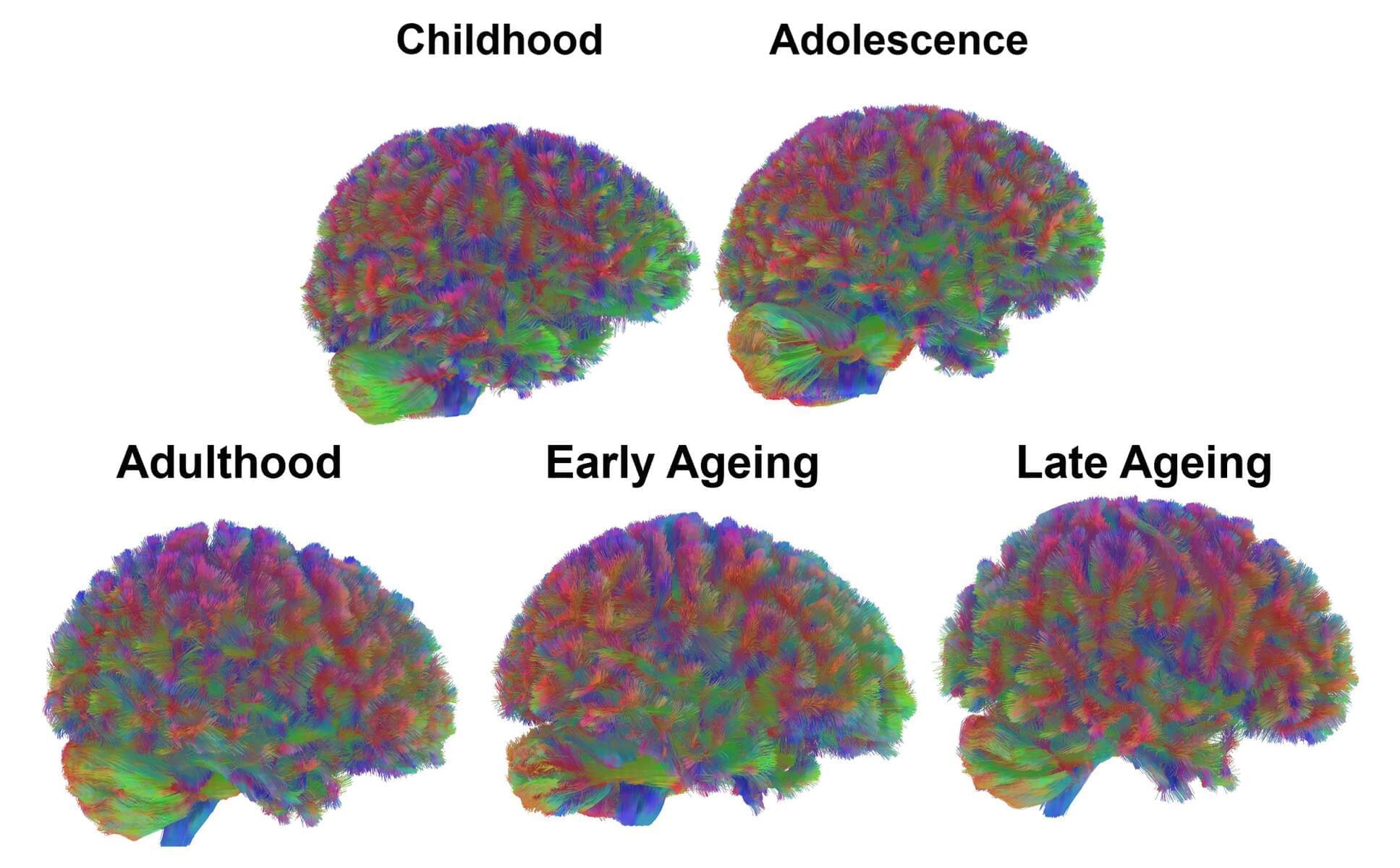

• Context and Explanation — Elon Musk was once asked a wild question: could Tesla ever build an aquatic car?
He admitted that a submarine car” is technically possible — but the market for such vehicle would be tiny. The idea might excite enthusiasts, but practicality and scale matter more than novelty.
This response captures Musk’s core philosophy: just because something is technically possible doesn’t mean it’s worth building. True innovation isn’t about chasing every wild idea — it’s about focusing on what can scale, solve real problems, and reshape entire industries.
• template — elon musk interview.
• Hashtags — #wealthmindset #billionaire #successmindset #millionairevibes #motivation #shortsfeed
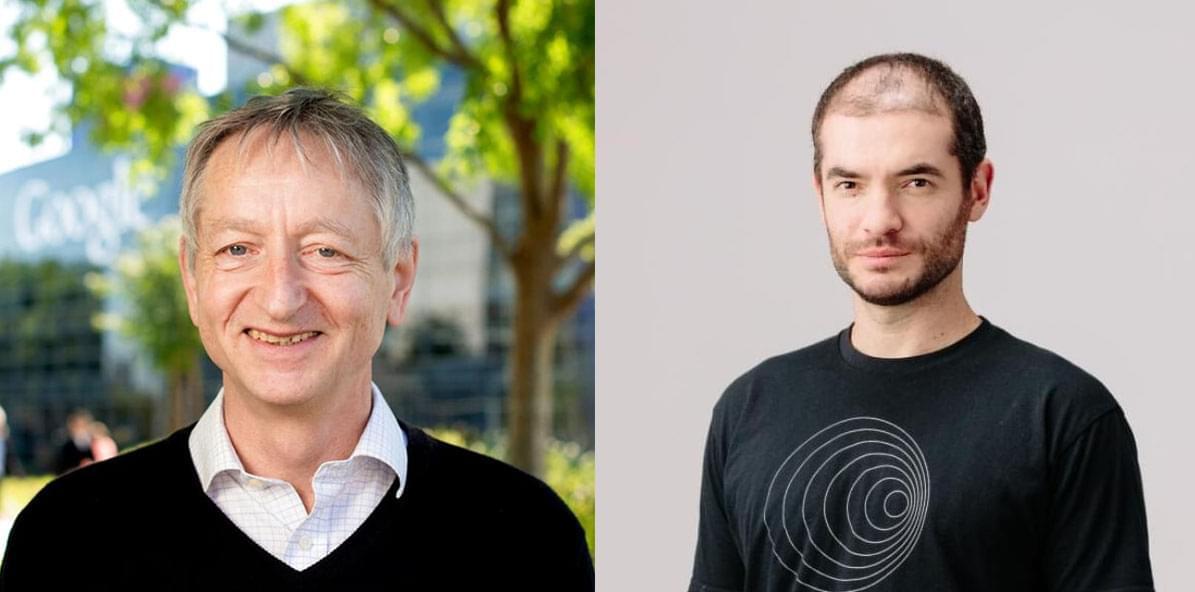
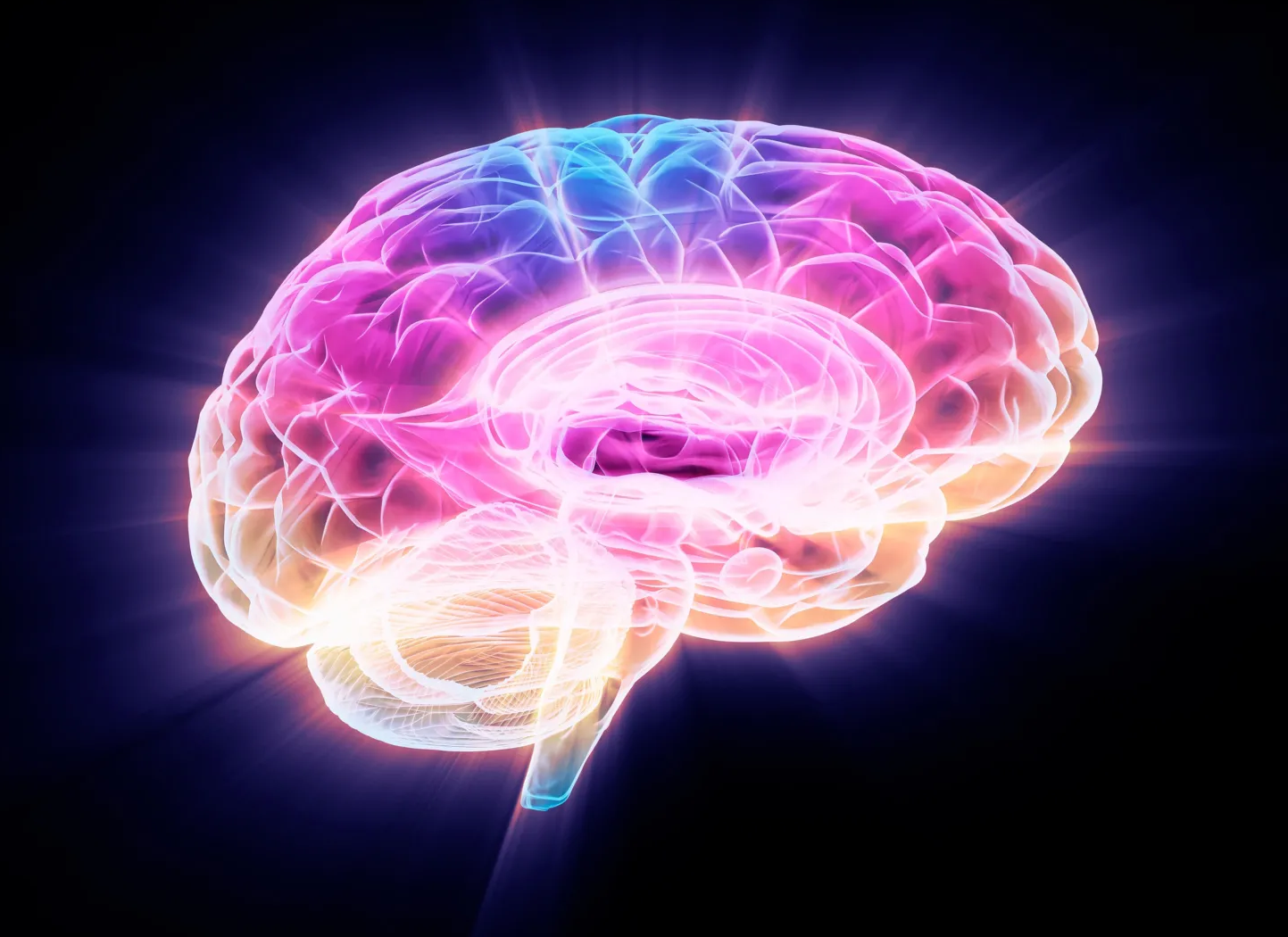
Spermine, a small but powerful molecule in the body, helps neutralize harmful protein accumulations linked to Alzheimer’s and Parkinson’s. It encourages these misfolded proteins to gather into manageable clumps that cells can more efficiently dispose of through autophagy. Experiments in nematodes show that spermine also enhances longevity and cellular energy production. These insights open the door to targeted therapies powered by polyamines and advanced AI-driven molecular design.
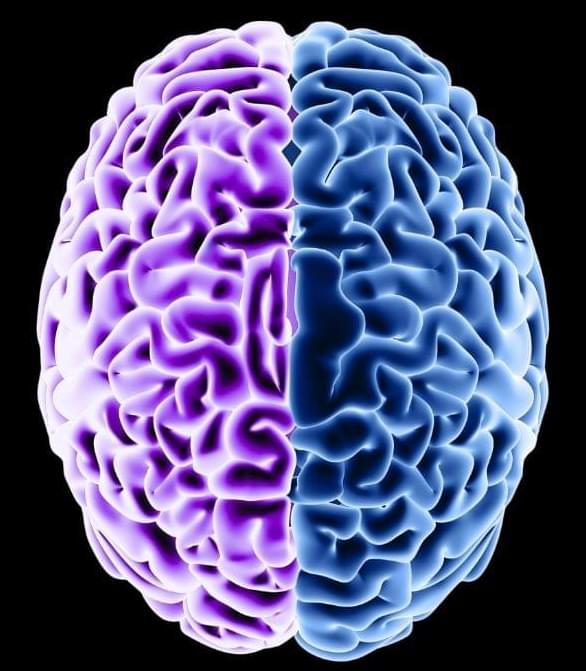
As we get older, our brains start to change in ways that make them increasingly vulnerable to disease – and a detailed new study of these changes points to a way some of this wear and tear might be prevented or reversed.
Researchers from the Leibniz Institute on Aging – Fritz Lipmann Institute in Germany used mass spectrometry to analyze the balance of brain proteins in both young and old mice, finding differences in a process called ubiquitylation as the animals aged.
Ubiquitylation adds chemical tags to proteins, telling the brain which of these busy molecules are past their peak and should be recycled. In older mouse brains, the ubiquitylation tags really start to pile up on certain proteins.

Dr. Patrick Soon-Shiong — “Truth and Trust” in Cancer Research & Journalism | The Daily ShowThe Daily Show350K views • 4 months agoLive Playlist Mix (50+)

Life Boaters! I could use a great favour from you! Please buy a copy of my new book “Why Space? The Purpose of People” ASAP and leave me a good review (if you like it — if not — send me a sternly worded letter!) If you love it, buy a bunch and give them to every geek and nerd on your list.
I’m getting great reviews! Rod Roddenberry said I’m channeling the great captains of Star Trek, Dr. Greg Autry (future NASA CFO) called me the “godfather of commercial space.” Of course, you can bet those went on the cover — and now I have to buy them dinners for the rest of my life, but not too bad!
Look, there’s a lot of misinformation out there about the Real Space Revolution. I straighten some of that out — from the inside.
But my primary goal is to give those in the “cause” language to explain why they are in this, and perhaps even to supply those who will go out there to open the High Frontier with the words they need to stay strong as they do.
In the book, I chronicle how people like some of you gave me Permission to Dream about doing what I do now. Something for which I will be forever grateful.
Help me — help you — help us. Buy the book! Read the book! Share the book!
(The audio version comes out in a week or so)
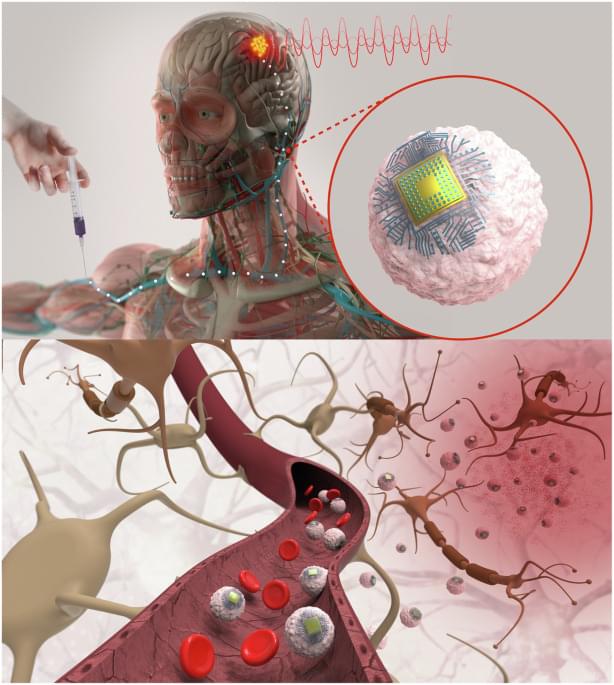
MIT researchers have taken a major step toward making this scenario a reality. They developed microscopic, wireless bioelectronics that could travel through the body’s circulatory system and autonomously self-implant in a target region of the brain, where they would provide focused treatment.
In a study on mice, the researchers show that after injection, these miniscule implants can identify and travel to a specific brain region without the need for human guidance. Once there, they can be wirelessly powered to provide electrical stimulation to the precise area. Such stimulation, known as neuromodulation, has shown promise as a way to treat brain tumors and diseases like Alzheimer’s and multiple sclerosis.
Moreover, because the electronic devices are integrated with living, biological cells before being injected, they are not attacked by the body’s immune system and can cross the blood-brain barrier while leaving it intact. This maintains the barrier’s crucial protection of the brain.
A nonsurgical brain implant enabled through a cell–electronics hybrid for focal neuromodulation.
Photovoltaic devices attached to immune cells travel through the blood to inflamed brain regions.
From the rise of numerical and symbolic computing to the future of AI, this talk traces five decades of breakthroughs and the challenges ahead.
Bill is the author of Berkeley UNIX, cofounder of Sun Microsystems, author of “Why the Future Doesn’t Need Us” (Wired 2000), ex-cleantech VC at Kleiner Perkins, investor in and unpaid advisor to Nodra. AI.
Talk Details.
50 Years of Advancements: Computing and Technology 1975–2025 (and beyond)
I came to UC Berkeley CS in 1975 as a graduate student expecting to do computer theory— Berkeley CS didn’t have a proper departmental computer, and I was tired of coding, having written a lot of numerical code for early supercomputers.
But it’s hard to make predictions, especially about the future. Berkeley soon had a Vax superminicomputer, I installed a port of UNIX and was upgrading the operating system, and the Internet and Microprocessor boom beckoned.